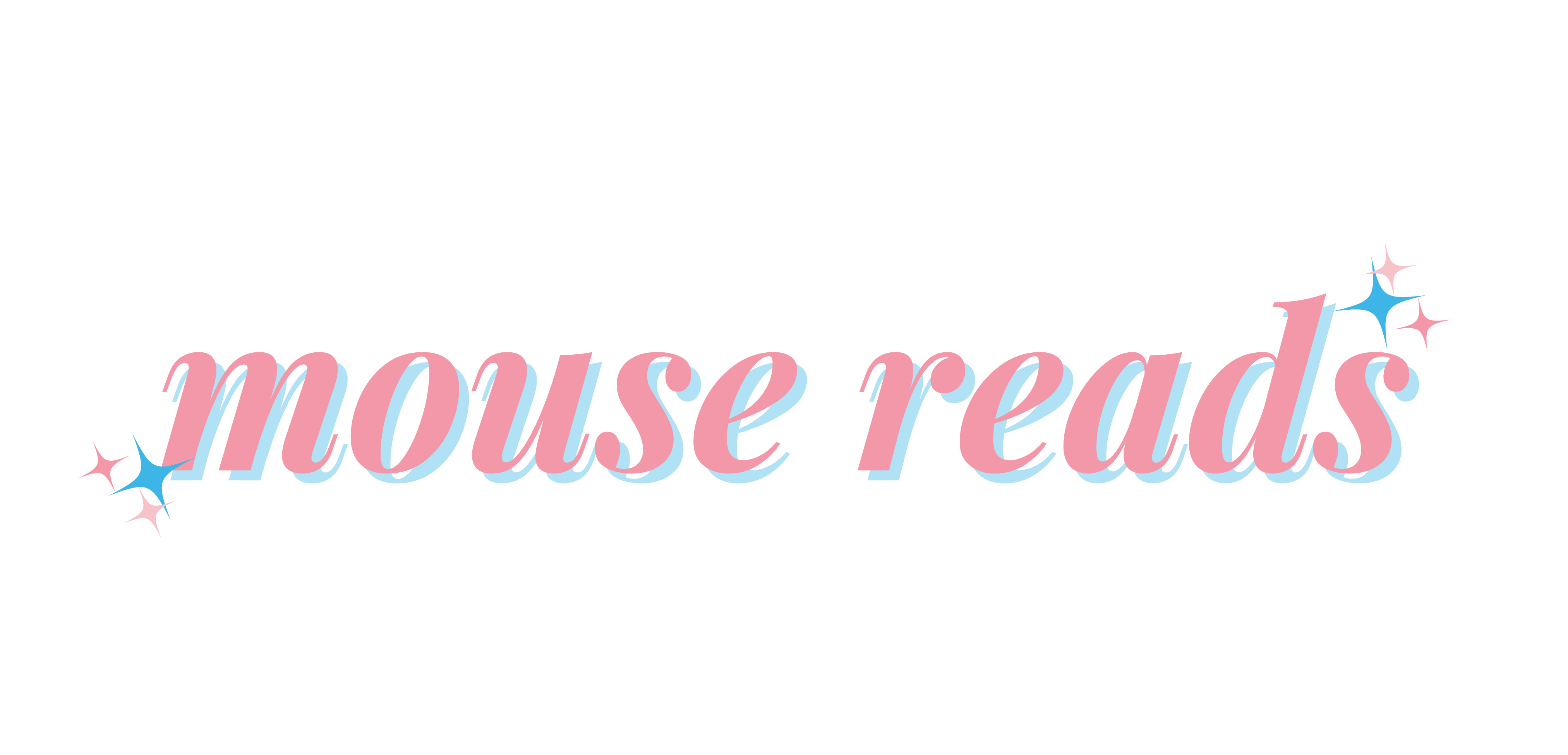The Salt In Our Blood
The Salt in Our Blood by Ava Morgyn is a dark contemporary. Cat has been through a lot, and in The Salt in Our Blood, she’s ready to find answers as to why.
“Moony always said an overactive imagination is just another gateway to sin.”
From the GoodReads blurb:
Ten years ago, Cat’s volatile mother, Mary, left her at her grandmother’s house with nothing but a deck of tarot cards. Now seventeen, Cat is determined to make her life as different from Mary’s as possible. When Cat’s grandmother dies, she’s forced to move to New Orleans with her mother. There, she discovers a picture of Mary holding a baby that’s not her, leading her to unravel a dark family history and challenge her belief that Mary’s mental health issues are the root of all their problems. But as Cat explores the reasons for her mother’s breakdown, she fears she is experiencing her own.
Ever since she arrived in New Orleans, she’s been haunted by strangely familiar visitors–in dreams and on the streets of the French Quarter–who know more than they should. Unsure if she can rebuild her relationship with her mother, Cat is realizing she must confront her past, her future, and herself in the fight to try.
TW: Suicide, alcoholism, death, irresponsible bipolar representation
“I still can’t sort where her naturally larger-than-life personality ends, and the bipolar disorder begins.”
This story has the groundwork for a fantastical, supernatural tale, with familial curses and generations of mediums. We are given these scary characters who come up out of nowhere and resemble the tarot deck characters. We are given the foundation for a history of religious trauma, a priest who took things too far, and a girl who just wants to find the answers. All of this is given to us, and none of it is used in the manner you would expect. This book took all of those opportunities and tossed them aside in exchange for villainizing bipolar disorder.
“And maybe if there was a Mary before bipolar disorder, then there can be a Mary after.”
Mary experienced something traumatizing, and this has heightened her bipolar disorder as a teen. Instead of getting the necessary help, she drops Cat off at her grandmother’s and continues living untreated. Cat only recalls her mother as an abusive rollercoaster, without a single ounce of empathy for her mother. This was frustrating because Cat is regularly educating us, the reader, on what bipolar is. It seems that despite all of the research this character has done, she has not found it in her to give a single fuck about her mother. Cat’s abandonment issues should not necessarily be dismissed. She was lied to and tricked by her grandmother about her own mother’s state. Living with an untreated bipolar person is not easy, and I’m not going to pretend that it is.
“Even with the best doctors and the best meds and the best circumstances, I cannot ever forget my mother is bipolar. And I cannot let her forget it. Or it will overtake her-us- completely.”
It’s difficult for me to get my thoughts down on why this book was so troubling. I am a bipolar person. I have what’s called bipolar type II. It is considered the “less severe” bipolar disorder in that I experience more depressive episodes and less severe manic episodes. There is a lesser-known bipolar disorder subset that is known as “Rapid-Cycling.” This disorder generally occurs when there has been no treatment. Additionally, rapid-cycling is most commonly periods of more depressive episodes than manic episodes. You’re probably wondering, Andee, why am I being educated on bipolar disorder?
Because this book made me feel wrong and irresponsible for having it. It’s hard to trigger me, even harder to make me feel bad for having a mental illness (or several). This book made me feel sick at my stomach for having bipolar and being untreated at some point. I give you all of this information to remind you that people with bipolar are…people.
Often, people who have bipolar that present themselves later in life went through something extremely traumatizing. I address rapid cycling bipolar because it isn’t clarified that Mary is experiencing this until 90% of the book. Cat takes all this time to show us how well educated she is on bipolar but doesn’t even bother to tell us her mother’s diagnosis. This shows, to me, that perhaps our author hasn’t done enough research on mental illness to write about it. The part that hurts most is that at no point is bipolar written helpfully or kindly. It is perpetually treated like a negative and harmful thing. As if it is Mary’s fault that she was not given the opportunities for better treatment.
“One person’s devil is another’s angel.”
Putting these critiques aside, although they are reason enough for my low rating, this book wasn’t good. The romance felt half-hearted, and the characters are flat. This fantastic paranormal world is built around us in the always interesting New Orleans, and our author just half uses all of the aspects. I expected this to be an enjoyable paranormal book, and instead, I got a story about a girl digging up her mother’s trauma, driving her to attempt suicide. But we put a disclaimer in the back saying that trauma isn’t your fault and information on who to call when you’re suicidal? Great. Problem solved.
Genuinely, why even have all of these aspects and interesting tarot characters and just not use them? This book frustrated me to no end. Not just because of the problematic representation of mental illness but also because of its lack of using the world it built.
Thank you to Netgalley and the publisher for giving me a copy of this book in exchange for an honest review.







Leave a Comment